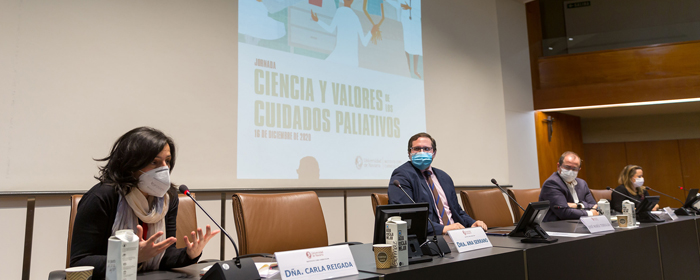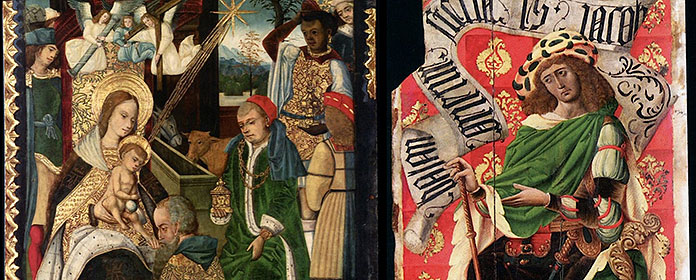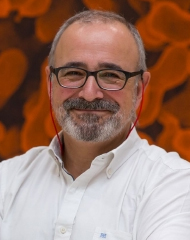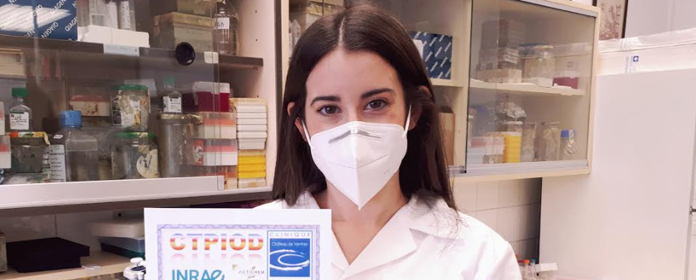Preserving the musical traditions of the Rif Mountains: Aworld cultural heritage
A round table in Morocco, co-organized by a researcher from the Institute for Culture and Society, analyzed the possibility of including ayta jebliya in UNESCO’s list of Intangible Cultural Heritage
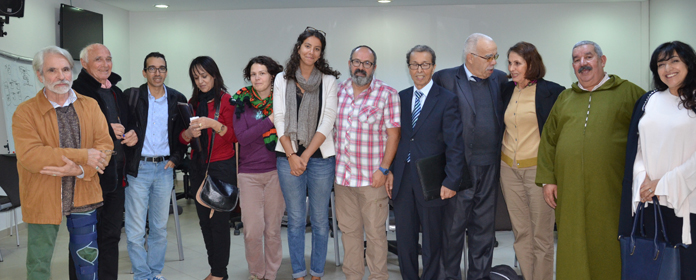
FOTO: Cedida
The Rif mountain range extends over the north of Morocco, a mountainous region of limestone and sandstone that includes extensive forests. Throughout history, people from different cultures have inhabited it, including Arabs, Berbers, inhabitants of the old Al-Andalus... From this mixture of traditions, a popular and unique music called the ayta jebliya emerged.
How can we preserve this cultural asset, a legacy of humanity? Is it possible to include it as part of UNESCO’s Intangible Cultural Heritage? Several experts analyzed this issue within the framework of a round table held in Rabat (Morocco). It was organized by the Center for Research and Interdisciplinary Studies on Jbala (CERIJ) and by Sarali Gintsburg, a Marie Curie researcher at the Institute for Culture and Society (ICS) of the University of Navarra, in collaboration with the Archives of Morocco.
Mohamed Mezzine, President of CERIJ, chaired the round table, which revolved around two themes. The first aimed to better understand the importance of safeguarding the ayta jebliya. It began with a presentation from Sarali Gintsburg about the project that she is working on within the ICS, called ORFOCREA, which is based on the oral tradition of Jbalaand aims to research the cognitive bases of creativity in oral art.
For his part, Nabil Benabdeljalil, a composer, musicologist and professor at the University of Hassan II (Casablanca), offered his view of the complexity and richness of the instrumental component in this tradition and the possible difficulties of working with it and documenting it. Likewise, Abdelouahed Edahbi, an independent researcher and native of the Jbala region, emphasized the urgency of preserving this artistic tradition, which is at risk.
This first part ended with a performance of ayta jebliya by Mohammed Masmoudi, a local musician and poet.
Zakariaa Tijani presented the second part, which dealt with how the Targa-AIDE Association managed to ensure that UNESCO recognized the Middle Atlas dance, known astaskiwine (High Atlas), as a piece of intangible cultural heritage.
In the debates that followed, the participants agreed to prepare a portfolio for UNESCO and promote greater knowledge of this genre among the general public. Likewise, a committee was created to work on the portfolio and to investigate and document this musical tradition.
The committee is comprised of Jacques Vignet-Zunz, Mohammed Mezzine, Noureddine El Harrak and ZakariaaTijanim in the administrative section, and Sarali Gintsburg, Dr. Nabil Benabdeljalil and Abdelouahed Edahbi in the documentation and research section. They will begin the most active part of the project in July 2018, when the Annual Festival of ayta jebliya will take place in Taounate. There, they will work with participants, including both musicians and poets.

